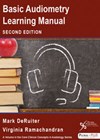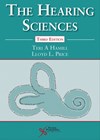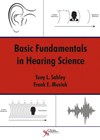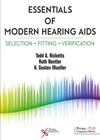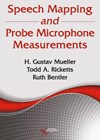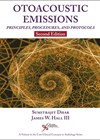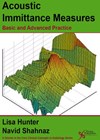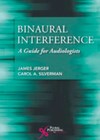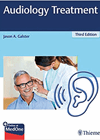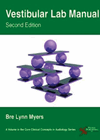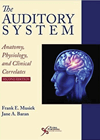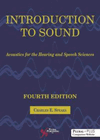
Book Reviews
Basic Audiometry Learning Manual - Second Edition
The challenge of teaching students pure tone audiometry is that whilst core principles can be delivered in the classroom, a deeper understanding of audiological testing only arises from practice. Yet, if left unguided in this practice, trainee audiologists can fail...
The Hearing Sciences – Third Edition
The Hearing Sciences – Third Edition is primarily aimed at undergraduate students on courses relevant to hearing sciences. Indeed, the content supports much of the scientific content delivered within UK-based audiology degree courses. The book is ordered in to four...
Basic Fundamentals in Hearing Science
The preface to this textbook explains that its inspiration came from an identified need to replace a previously discontinued hearing science textbook authored by Durrant and Lovrinic in 1995. This was an excellent resource that I used throughout my own...
Essentials of Modern Hearing Aids - Selection, Fitting, Verification
In the preface to this book, the authors state that the purpose of the book is to take “a student through the entire hearing aid process from beginning to end in a logical and clinically applicable manner”. The book eschews...
Speech Mapping and Probe Microphone Measurements
Consisting of seven chapters, 300 pages, numerous graphs and images, alongside a host of ‘tips and tricks, ‘clinical concepts, and ‘points to ponder’, you will be hard-pressed to find a more detailed, thorough discussion of all things related to probe...
Otoacoustic Emissions: Principles, Procedures, and Protocols – Second Edition
This book is aimed at clinicians who are likely to use otoacoustic emission (OAE) testing in a clinical setting, who want to upgrade their learning and improve their skills. I feel this book is ideal for its target audience. Especially...
Acoustic Immittance Measures: Basic and Advanced Practice
Writing a short yet comprehensive textbook to explore the vast and developing field of acoustic immittance measures seems like a challenge. This book aims to explore the core concepts behind immittance testing and provide an update on recent developments within...
Binaural Interference: A Guide for Audiologists
This book details what binaural interference is, it looks at the basic principles of this topic and follows the research over the years that has gone into investigating what causes binaural interference. It makes for an interesting read, covering a...
Audiology Treatment
This book brings a great new comprehensive text to audiologists. It is readable, despite most chapters being written by different authors. Dr Galster has edited a collection of chapters from experts in their field into something that is comprehensive, totally...
Vestibular Lab Manual – Second Edition
This book provides an up-to date, succinct overview of diagnostic and rehabilitative vestibular audiology, inclusive of new diagnostic techniques. It is aimed at lab instructors, students, and clinicians working in a vestibular/balance assessment and/or rehabilitation setting, focusing on content to...
The Auditory System: Anatomy, Physiology and Clinical Correlates: Second Edition
This book details the anatomy and physiology of the auditory system, with well-balanced coverage of the peripheral and central nervous systems, and an emphasis on clinical applications of the scientific theory. The clinical correlates make for very interesting reading, often...
Introduction to Sound - Acoustics for the Hearing and Speech Sciences Fourth Edition
The purpose of the text, now in its fourth edition, is to teach acoustics to those in the hearing and speech sciences. This can be a difficult goal because most students and clinicians do not have a physics background, so...

